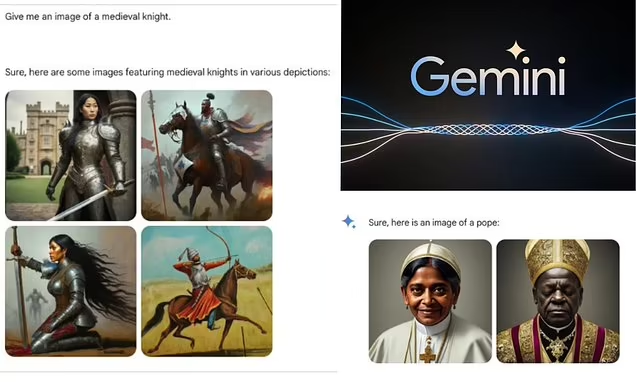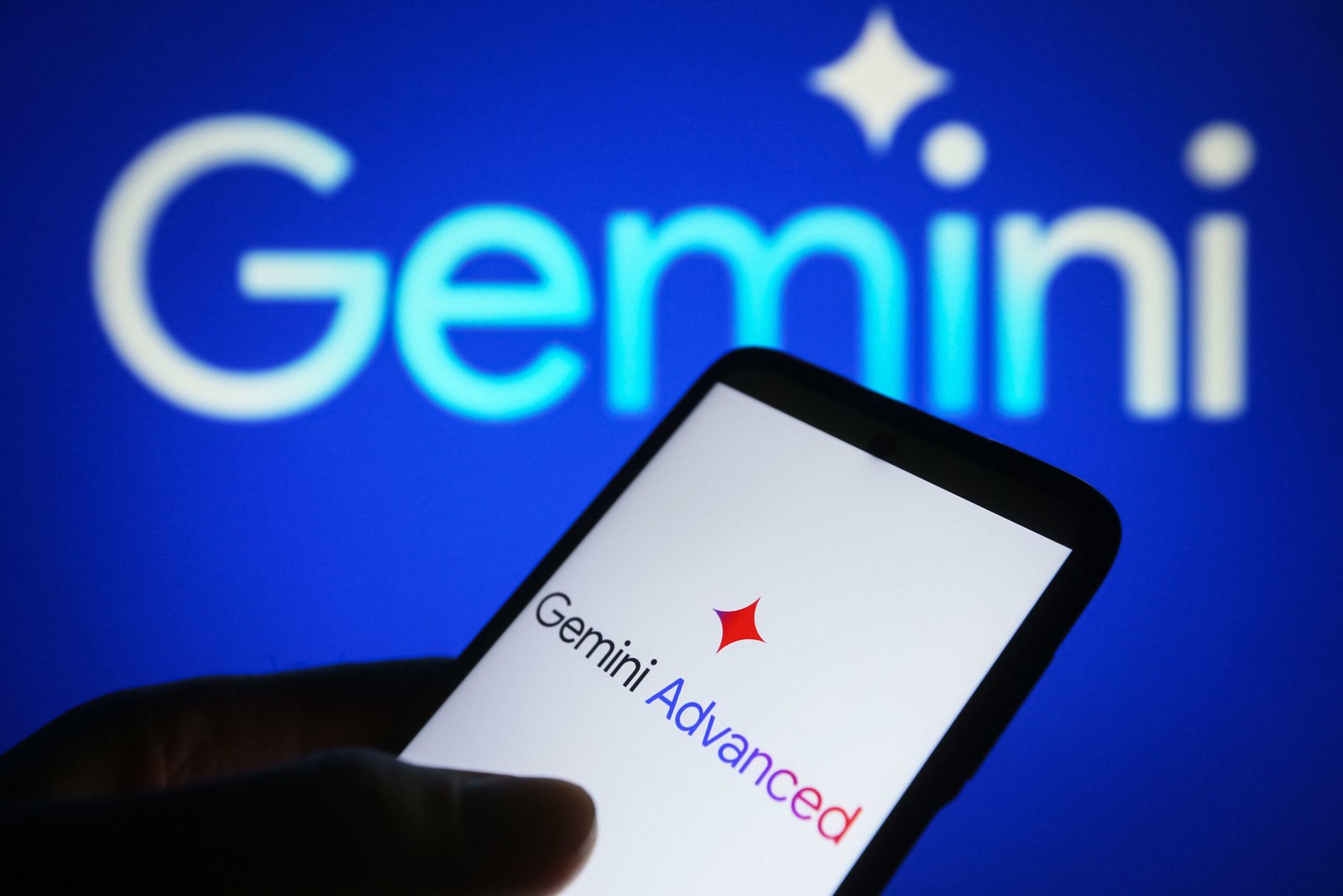Google Overhauls AI Image Tool Following Criticism Over Ethical and Privacy Concerns
Google has been at the forefront of artificial intelligence (AI) innovation, continually pushing the boundaries of what AI can achieve. However, with innovation often comes controversy, as seen with Google’s AI image generation tool. After facing significant backlash from artists, users, and privacy advocates, Google has decided to revamp its controversial AI image generation tool to address concerns and improve its functionality.
What Is the AI Image Generation Tool?
Google’s AI image generation tool, initially launched as part of its suite of AI-driven creative tools, allows users to create realistic images from text descriptions. Utilizing advanced machine learning models, the tool can generate highly detailed images that closely resemble the input description provided by the user. This capability opened up new creative possibilities, from generating concept art and visual content for marketing to aiding in rapid prototyping and design.
The Backlash: Why the Controversy?
While the AI image generation tool was met with excitement from tech enthusiasts and businesses, it quickly faced criticism from various quarters. Here’s a look at some of the key issues that sparked backlash:
1. Intellectual Property and Copyright Concerns:
– Many artists and photographers argued that the tool infringed on their creative rights. They contended that the AI was trained on millions of copyrighted images without proper consent, raising serious ethical and legal concerns.
– There were fears that the tool could undermine the livelihood of artists by enabling the creation of artworks that mimic their unique styles without compensation.
2. Misinformation and Deepfake Potential:
– The AI’s ability to create highly realistic images from simple text inputs raised alarms about its potential misuse. Critics warned that it could be used to create deepfakes, misleading images, or disinformation campaigns, complicating efforts to combat fake news and misinformation.
– The realistic nature of these AI-generated images could make it difficult for the public to discern fact from fiction, further eroding trust in visual media.
3. Privacy and Data Usage:
– Privacy advocates expressed concerns over how Google might use data from users who interact with the tool. Questions were raised about whether user data was being used to further train the AI, potentially without explicit consent.
Google’s Response: The Revamp
In response to the growing backlash, Google has decided to revamp its AI image generation tool to address these concerns and improve transparency, security, and ethical standards. Here’s what the revamped tool looks like:
1. Enhanced Transparency and Opt-Out Features:
– Google has introduced more transparent AI training processes. Users now have greater visibility into how the AI model is trained and which datasets are used.
– An opt-out feature for artists and creators allows them to prevent their works from being used in future AI training datasets, addressing the intellectual property concerns raised by the artistic community.
2. Stronger Ethical Guidelines and Oversight:
– Google has committed to stricter ethical guidelines for the tool’s usage, including clear restrictions against generating explicit, harmful, or misleading content.
– The company has established an AI ethics board to oversee the development and deployment of the tool, ensuring it adheres to ethical standards and societal norms.
3. Improved User Consent and Data Privacy:
– To mitigate privacy concerns, Google now requires explicit consent from users regarding how their data is utilized. This includes a clearer privacy policy outlining data usage and storage practices.
– Users also have more control over their data, with new tools allowing them to manage or delete their interactions with the AI tool.
4. Collaboration with Stakeholders:
– Google has opened dialogues with artists, creators, privacy advocates, and technologists to gather feedback and build a more inclusive, responsible tool. This collaborative approach aims to ensure that the tool benefits from diverse perspectives and mitigates potential harms.

The Future of AI Image Generation at Google
The revamp of Google’s AI image generation tool marks a significant step toward balancing innovation with ethical responsibility. While the tool’s initial release was mired in controversy, Google’s willingness to listen to feedback and implement meaningful changes reflects its commitment to responsible AI development.
As AI technology continues to evolve, it’s crucial for tech companies to maintain a dialogue with stakeholders and address concerns proactively. Google’s revamped tool may set a precedent for how AI-driven products can be developed responsibly, prioritizing transparency, ethics, and user rights.
Conclusion
Google’s decision to revamp its controversial AI image generation tool after facing backlash highlights the challenges and responsibilities of AI innovation. By addressing concerns related to intellectual property, misinformation, privacy, and ethical standards, Google is taking steps to ensure that its AI technologies are used for positive and constructive purposes. As the field of AI continues to grow, maintaining a balance between technological advancement and ethical considerations will be essential for fostering trust and credibility in the digital age.


